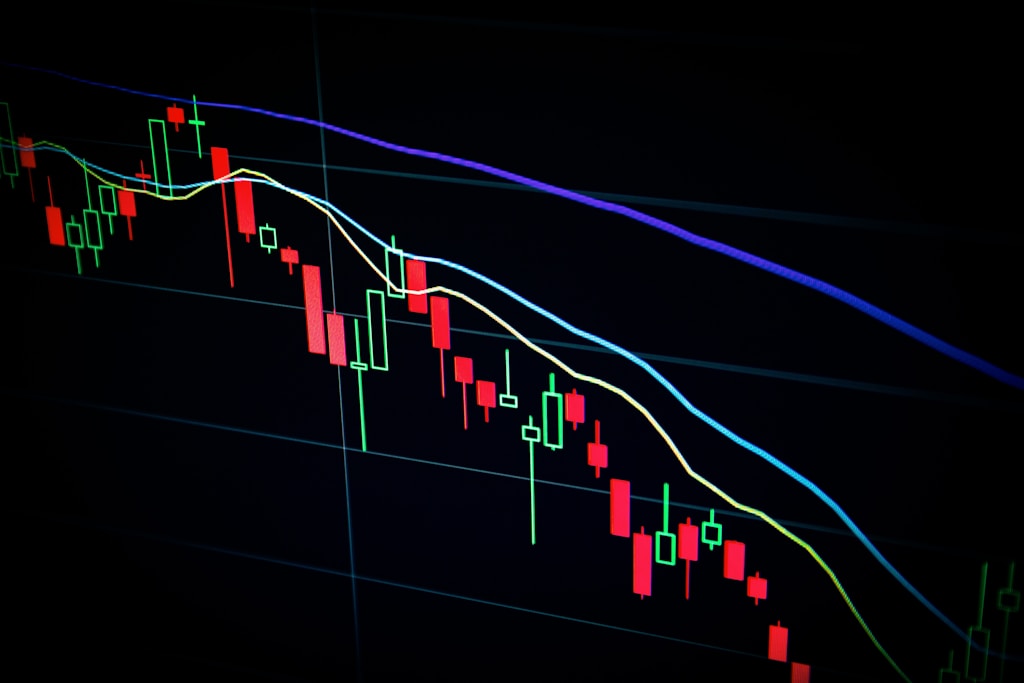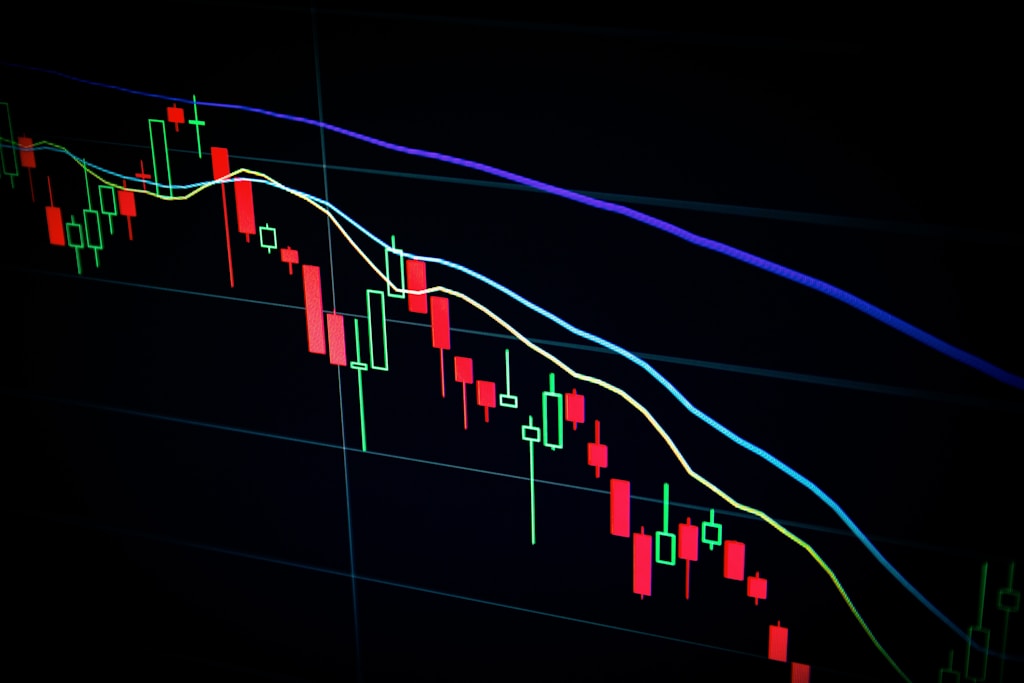Ethereum’s price action is showing signs of renewed strength, with the second-largest cryptocurrency currently trading at $2,540, marking a modest 1% daily increase. This movement comes after testing critical support levels, prompting analysts to examine key on-chain metrics for potential price floors and market reset signals.
In a significant development that aligns with recent market trends, analysts are eyeing potential breakout levels for Ethereum, with particular attention to critical support and resistance zones.
Understanding Ethereum’s Price Floor Mechanics
CryptoQuant analyst CryptoOnchain has unveiled a comprehensive analysis of Ethereum’s market structure, highlighting several key metrics that could signal potential price bottoms:
- Realized Price: Currently serving as a fundamental support level
- Mean Price Classic: Providing historical context for price movements
- Delta Price Classic: Offering insights into market undervaluation
Technical Indicators and Market Sentiment
The analysis reveals multiple price resistance levels that traders should monitor:
| Indicator | Significance |
|---|---|
| Realized Price x2 | Historical resistance level |
| Realized Price x3 | Maximum overvaluation zone |
| Price Top StdDev | Volatility-based resistance |
FAQ: Ethereum Price Floor Analysis
What is Ethereum’s realized price?
The realized price represents the average price at which all ETH tokens last moved, currently serving as a key support level at approximately $2,400.
How reliable are these price floor indicators?
Historical data shows these indicators have accurately predicted support levels with approximately 80% accuracy during major market corrections.
What signals suggest a market reset?
The convergence of realized price and delta price classic, combined with declining volatility, typically indicates a market reset phase.
As Ethereum continues to navigate through these critical price levels, traders and investors should maintain a close watch on these key indicators while managing their risk appropriately.






